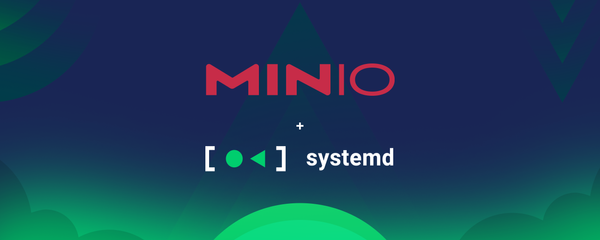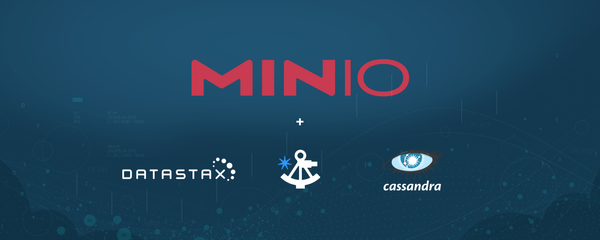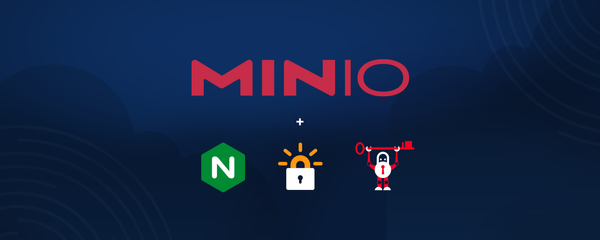Data Migration Tools to Get You Into MinIO

Let's review some of the tools available to get data out of S3, local FileSystem, NFS, Azure, GCP, Hitachi Content Platform, Ceph, and others, and into MinIO clusters.
Read more
Let's review some of the tools available to get data out of S3, local FileSystem, NFS, Azure, GCP, Hitachi Content Platform, Ceph, and others, and into MinIO clusters.
Read more
GitLab can use MinIO as its object storage backend to store large files such as artifacts, Docker images, and Git LFS files. Given the right underlying hardware, MinIO provides the performance and scale to support any modern workload, including GitLab.
Read more
We’ve joined forces with Rafay to develop this tutorial to show you how to make the most of multi-cloud Kubernetes using Rafay to deploy, update and manage Kubernetes and applications using MinIO for object storage.
Read more
This post focuses on some of the features associated with this unique model and is the second in a series that details the features and capabilities that come with a commercial relationship.
Read more
The MinIO Subscription Network (SUBNET for short) accompanies a commercial subscription and provides peace of mind - from the dual license model (AGPL and Commercial) to the direct-to-engineering support model.
Read more
MinIO is the perfect companion for Airflow because of its industry-leading performance and scalability, which puts every data-intensive workload within reach.
Read more
In this blog post we'll go deep into the different ElasticSearch tiers and show you how to use and configure MinIO as a storage for ElasticSearch Frozen Tier.
Read more
We will set up a geographically distributed infrastructure where we have a multi-node multi-drive MinIO cluster in multi-sites across vast distances. This will allow us to truly appreciate replication working at scale to help us understand the infrastructure needed for high availability.
Read more
In this blog post we’ll show you how you can quickly get up and running with MinIO, KES and Vault to fully understand the capabilities of server-side encryption.
Read more
This blog post will show you how you can migrate your existing MinIO Gateway setup to a MinIO Server deployment.
Read more
Continuous Delivery (CD) is a software development practice in which code changes are automatically built, tested, and deployed to production servers. In this blog post, we'll focus on how to deploy a MinIO cluster in a production environment.
Read more
In this post, we will learn the process of gathering metrics from a Python application integrated with OpenTelemetry, storing them in Prometheus, and visualizing the data in a Grafana dashboard. A great tutorial by AJ from MinIO.
Read more
Observability can be roughly divided into three sub-categories: logging, metrics, and tracing. In this blog post we’ll show you how simple it is to get set up with tracing in your new or existing MinIO application.
Read more
This is the first year since the beginning of the pandemic where conferences have really kicked off. DeveloperWeek Cloud 2022 also came back this year with a bang in Austin, TX.
Read more
MinIO is the perfect companion for Elasticsearch because of its industry-leading performance and scalability. MinIO’s combination of scalability and high-performance puts every data-intensive workload, not just Elasticsearch, within reach.
Read more
Learning how to configure and maintain MinIO with SystemD during boot up, shutdown, initialization and more.
Read more
We’ll go over how to set up the required infrastructure for integrating GitHub Enterprise packages and actions to use MinIO as a backend. At a high level we’ll need running instances of MinIO and GitHub Enterprise.
Read more
Using K8ssandra to Backup and Restore Cassandra with MinIO seamlessly in any environment.
Read more
Learn how to secure, load balance and scale your MinIO instances with Nginx, LetsEncrypt and Certbot.
Read more